Naval Fighter Jet: Rafale-M, FA-18 Super Hornet & MiG-29 Heats Up The Race For The Deal
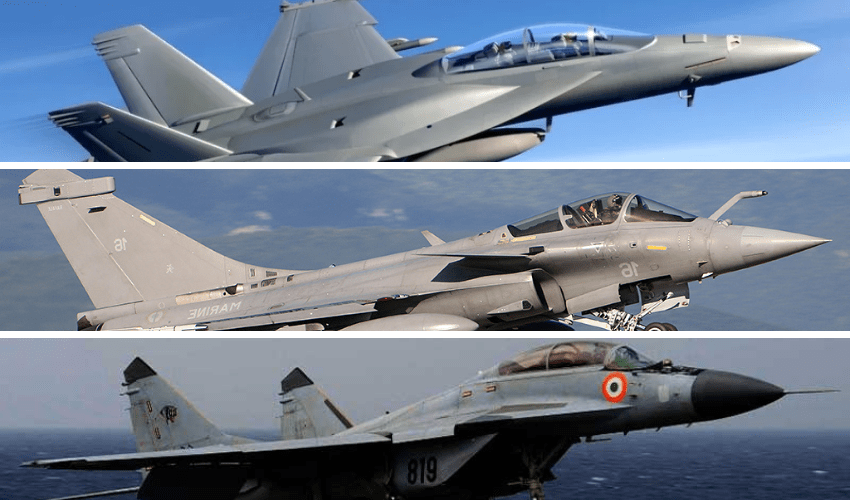
India will test American F/A-18E Super Hornets as potential future fighters for the new INS Vikrant aircraft carrier, which will be built in India. The Indian Navy has requested two F/A-18E Super Hornet warplanes from the United States for a series of tests, according to sources.
Two Super Hornets will arrive at the ground test complex for the Indian Navy’s Hansa’s practise of take-off and landing of embarked aircraft (NITKA) in the state of Goa around the end of May (May 21).
Note that the Americans were aware of India’s interest in aircraft carrier-based F/A-18E Super Hornet fighters, so they conducted their own tests at the end of 2020, taking off from a ground jump facility at the US Naval Air Station in Patuxent River, Maryland.
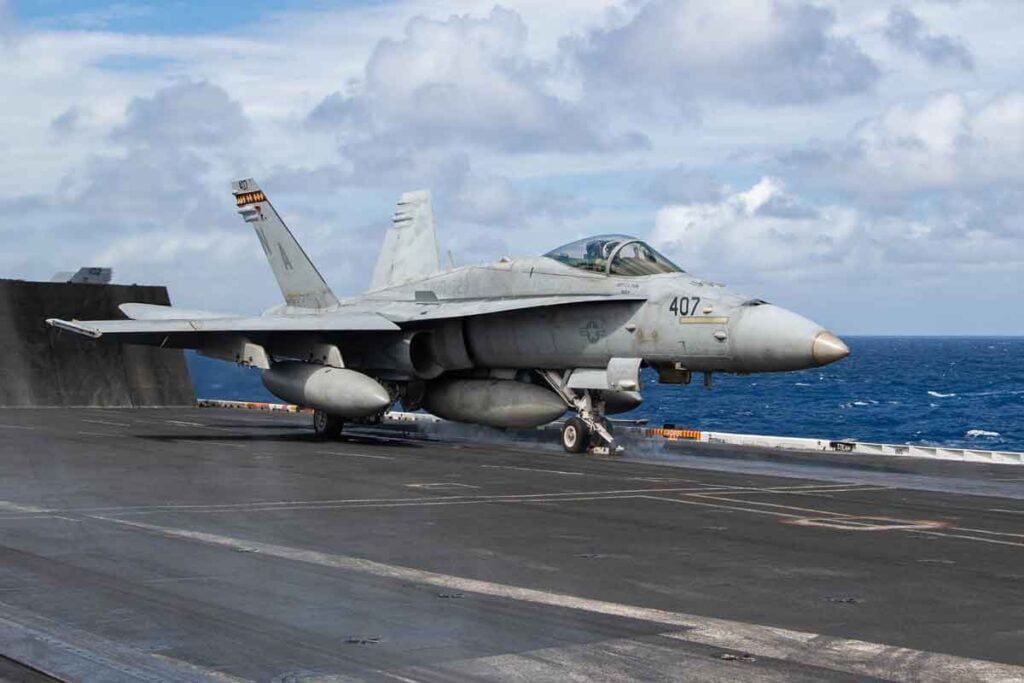
The F/A-18E Super Hornet was certainly built to take off from normal airports or from the deck of an aircraft carrier using a steam or electromagnetic catapult, but the INS Vikrant is in a different scenario.
The new Indian aircraft carrier is of the STOBAR type (Short Take-Off But Arrested Recovery, in Italian short take-off and assisted stop), which is positioned halfway between short take-off and vertical landing aircraft carriers (STOVL), such as the Italian Cavour, and catapult aircraft carriers CATOBAR (Catapult Assisted Take Off Barrier Arrested Recovery, in Italian catapult assisted take-off but recovery with arrest cables), such as the large US aircraft carrier c.
The American-flagged fighter has so far functioned precisely from American CATOBARs but not from STOBARs, and will have to show in India that it can do so with ease up to the maximum take-off weight allowed. Technically feasible operation, but all must be validated operationally.
As a result, Boeing plans to push Russian MiGs out of the Indian market, with the goal of supplying India with the F/A-18 instead of the MiG-29K, and thereby equipping the Indian Navy’s new aircraft carrier. A US campaign that fits into the larger context of Washington’s pressure on New Delhi to cut connections with Russia in the areas of economics, military, and energy.

Aside from MiG, which proposes a new batch of MiG-29K / KUB aircraft that have been operational for some time on the first Indian aircraft carrier INS Vikramaditya, there is also Paris at stake with the Rafale-M equipped version that has already been delivered to the National Navy’s De Gaulle aircraft carrier.
Furthermore, India already has 36 Rafale F3R fighter jets in its ranks, and the French fighter jet has received a remarkable number of orders (from Croatia, the United Arab Emirates, Greece, and Indonesia, as well as Egypt, India, and Qatar), and the aircraft has already been tested in India in take-off operations from the aforementioned NITKA complex in Hansa.
Both the US F-18 and the French Rafale-M are carrier-capable jets under consideration for India’s second aircraft carrier, the INS Vikrant, which Prime Minister Modi will commission on August 15, 2022.
The Indian Navy is planning to buy 26 fighters on a government-to-government basis, as the indigenous twin-engine deck-based fighter designed by ADA could be ready for trials by the end of the decade.
With China building its third aircraft carrier on its own, India, together with the other QUAD partners, will need at least two aircraft carriers to project supremacy in the Indo-Pacific. The Indian aim is to station one carrier group on each coast, with a forward deployment capabilities in the Andamans and Nicobar Islands.
Which is the superior option?
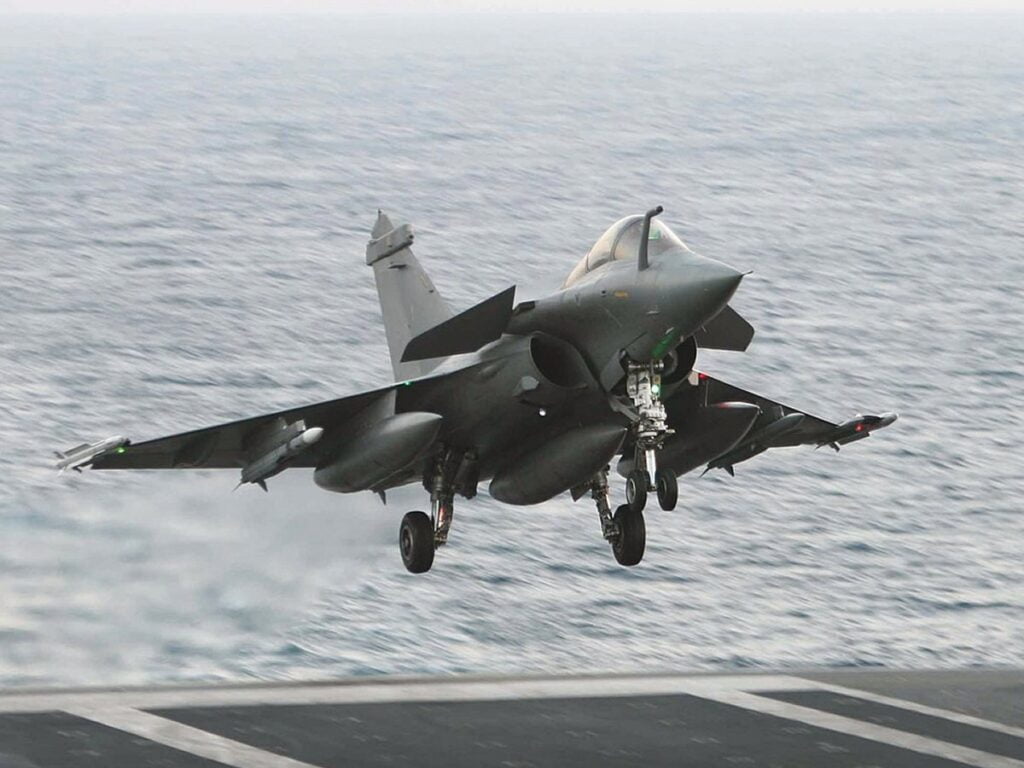
With its wings folded, the extremely competent and flexible F-18 Super Hornet can fit into both elevators of IAC-1. Unlike Rafale-M two-seaters, which can only operate from shore-based facilities and thus lose one-third of their combat potential, a maximum of eight two-seater F-18 fighters can launch from the decks of both Vikrant and Vikramaditya.
This means that, while F-18 twin-seater aircraft can be launched from a carrier deck during combat, Rafale-M twin-seater jets can only be launched from the ground.
Although both the F/A-18 Hornet and the Rafale-M fighter can carry enormous weapon loads, long-range air to air missiles, and air to ground weaponry, the F/A-18 Hornet can carry up to four anti-submarine missiles, whilst the Rafale-M fighter can only carry one. Both are proven 4.5 generation fighters, with the F-18 having a long history of battle on both the high seas and on land.
However, the MiG 29K would most likely be the first to go through carrier compatibility testing in order to get the ship operational with the current MiG inventory (one in hand is better than two in the bush is a famous saying).
The handling of these aircraft on the deck of the Vikrant would be another essential part of the trials. The ability of these aircraft to fit into the deck edge lift for transportation to and from the hangar to the flight deck, as well as how quickly and how many aircraft can be parked on the deck and how many in the hangar.
The Super Hornet, in particular, has been said to have some challenges with its wingspan and ability to fit onto the lift. The manufacturer, one would hope, would have rectified these flaws. Because the Indian Air Force operates a land-based variant of the same aircraft, Rafale would offer ease of maintenance, commonality of numerous equipment and components, improved logistics, and engineering assistance if chosen.


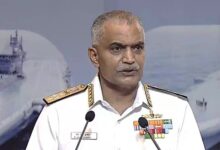
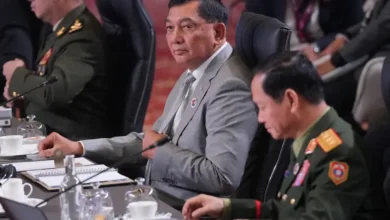



Facebook Comments